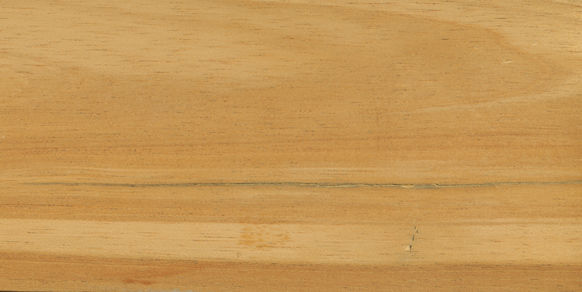Mahogany other than Swietenia: Aglaia
- Gaskell Guitars Australia

- Sep 20, 2020
- 2 min read
Updated: 1 day ago
Natively-grown Swietenia (American mahogany) is no longer available in the world market and commercial trade has been severely restricted since 2003. Today, new American mahogany is grown only in plantations, mainly in Asia and the South Pacific. Plantation mahogany accounts for 95% of world trade in American mahogany.
To understand why, read this: What is Mahogany?
However, Swietenia is not the only genus in the Meliaceae (Mahogany) family that yields high quality timber. The Meliaceae family consists of 49 genera with approximately 550 species. Some have timber uses and some are even used as direct replacements for Swietenia. Others are merely plants and may only produce fruit, oil and seed often used for medicines or lotions. Of the ones that do yield timber, some include the word "mahogany" in their trade name and others do not. There are two terms to know:
GENUINE MAHOGANY as a term applies to mahogany of the Swietenia genus only, wherever grown.
TRUE MAHOGANY describes the timber of any Mahogany family genus other than Swietenia.
Many timbers in the same family as Swietenia are suitable as mahogany substitutes.
Aglaia
Aglaia is a Mahogany family genus consisting of 120 species ranging from India, China, South East Asia, Papua New Guinea, to northern Australia, and Oceania. There are over 50 species alone in Philippines and in Papua New Guinea. Some species have timber uses and others are small trees or shrubs which bear edible fruit, or yield oils for medicines and pharmaceuticals. There are almost as many trade names as there are species, the main ones being Amoora (Australia, Papua New Guinea), Pacific Maple (USA and UK), Bekak (Malyasia), Mawa (Soloman Islands), and Kato (Philippines) for those that yield timber. There are three major timber-producing species. The wood colour is usually reddish-brown but ranges from almost white to walnut brown, depending on the species. Often the timber from Aglaia species can appear very much like American mahogany. It is one timber alternative that particularly stands out for its visual similarities to genuine mahogany.
The principal timber species is Aglaia cucullata, native to Bangladesh, Thailand, Vietnam, Malaysia, Indonesia, Philippines, and Papua New Guinea.
Other major timber species within the genus are: A. argentea, native to Australia, Brunei, India, Indonesia, Malaysia, Myanmar, Papua New Guinea, Philippines, Solomon Islands, and Thailand; A. spectabilis, native to Australia, Cambodia, China, India, Indonesia, Laos, Malaysia, Myanmar, Papua New Guinea, Philippines, Solomon Islands, Thailand and Vietnam; and A. silvestris, native to Cambodia, India (Andaman and Nicobar Islands), Indonesia, Malaysia, Papua New Guinea, Philippines, Solomon Islands, Thailand and Vietnam.
Timber uses include general construction, boat building, furniture, internal and external joinery, panelling, rifle butts, axe handles, canoe planking and paddles, and veneer.
International exports occur mainly from Papua New Guinea and Solomon Islands.
References:











Comments